Internships & Fellowships
Student Background
Program
Location
Lead | Discover | Develop | Deliver
AFRL Experience
The Air Force Research Laboratory is the science and technology arm of the US Air Force and the US Space Force. We employ over 10,000 team members at laboratory locations across the country and work with industry and academia to create technologies that address the complex challenges of today and in the future. AFRL recognizes the importance of cultivating and sustaining a robust diverse, equitable, and inclusive STEM workforce in an accessible environment and we support a wide variety of pathways including after-school programs, competitions, and internships for students and professional development and training for educators.

Internships
AFRL offers stipend-paid internship opportunities for upper-level high school, undergraduate, and graduate-level university students. The selected interns gain valuable hands-on experiences working with full-time AFRL scientists and engineers on cutting-edge research and technology and are able to contribute to unique, research-based projects. Internships are on-site at AFRL laboratory locations, may be co-located with our industry and university partners, and may be remote.
See Internship Positions
Fellowships
AFRL offers hands-on exposure to Air Force research challenges through 8- to 12-week research residencies at participating Air Force research facilities for full-time science, mathematics, and engineering faculty at U.S. colleges and universities. In addition, AFRL offers research opportunities for K-12 professional STEM educators.
See Fellowship PositionsNew Opportunities
Internships
Fellowships
All Opportunities
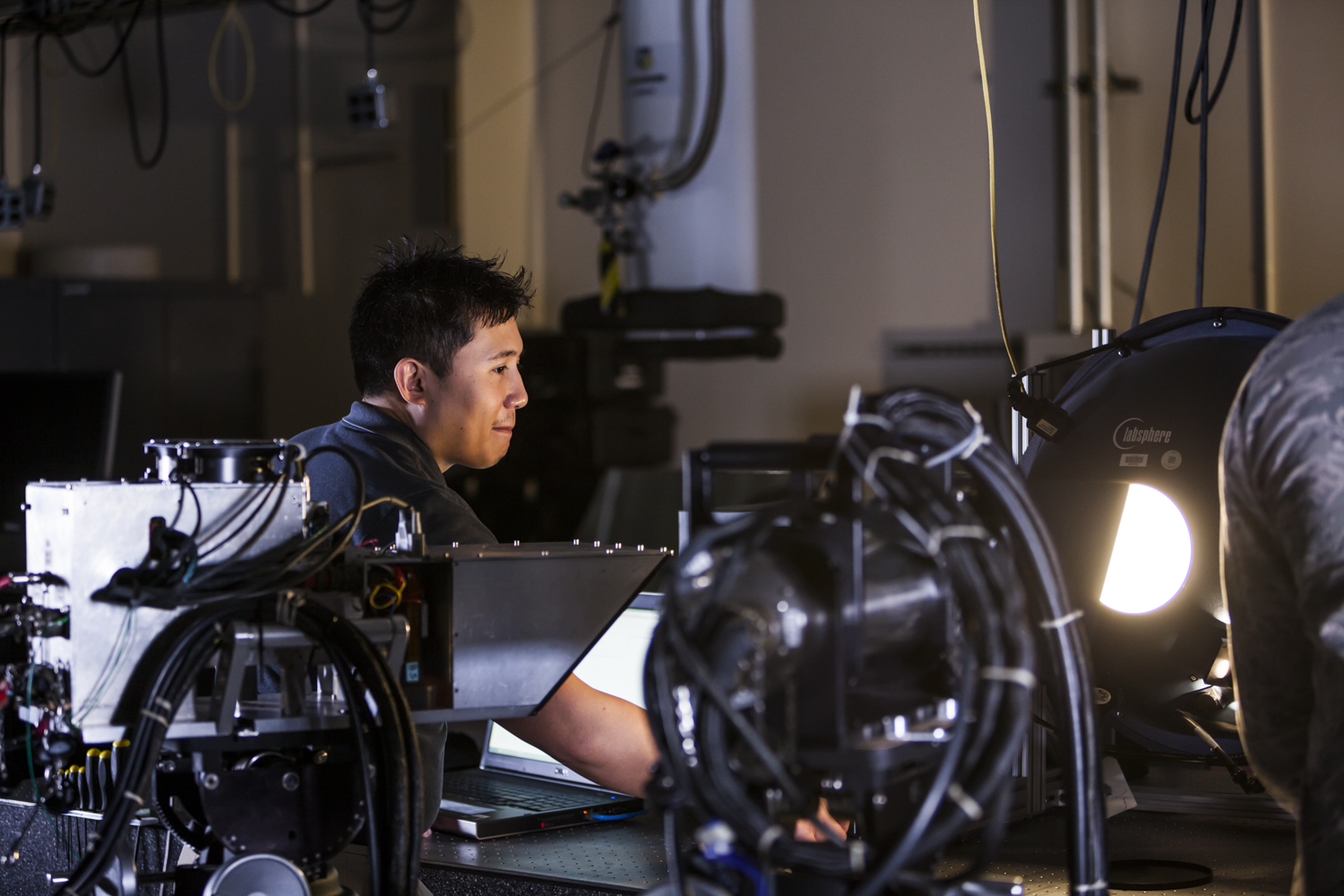
AFRL Scholars Program
Cold Atom Sources (Internship)
Cold atoms are used to make precision measurements of rotation, acceleration, time (think atomic clocks), etc. Atoms are typically cooled using laser cooling techniques to temperatures less than 100 micro Kelvin to reduce thermal noise and increase measurement time. We are investigating new cold atoms sources that either reduce the size, weight, and power (SWAP) requirements of laser cooled sources or that can cool atoms without lasers. Reducing SWAP is an important considering for making compact devices that can be transitioned from the laboratory into real world applications. Cooling atoms without laser opens the possibility of using atoms that currently cannot be cooled but have properties that are of scientific and/or technical interest. The assigned project will depend on the student’s interest and experience.
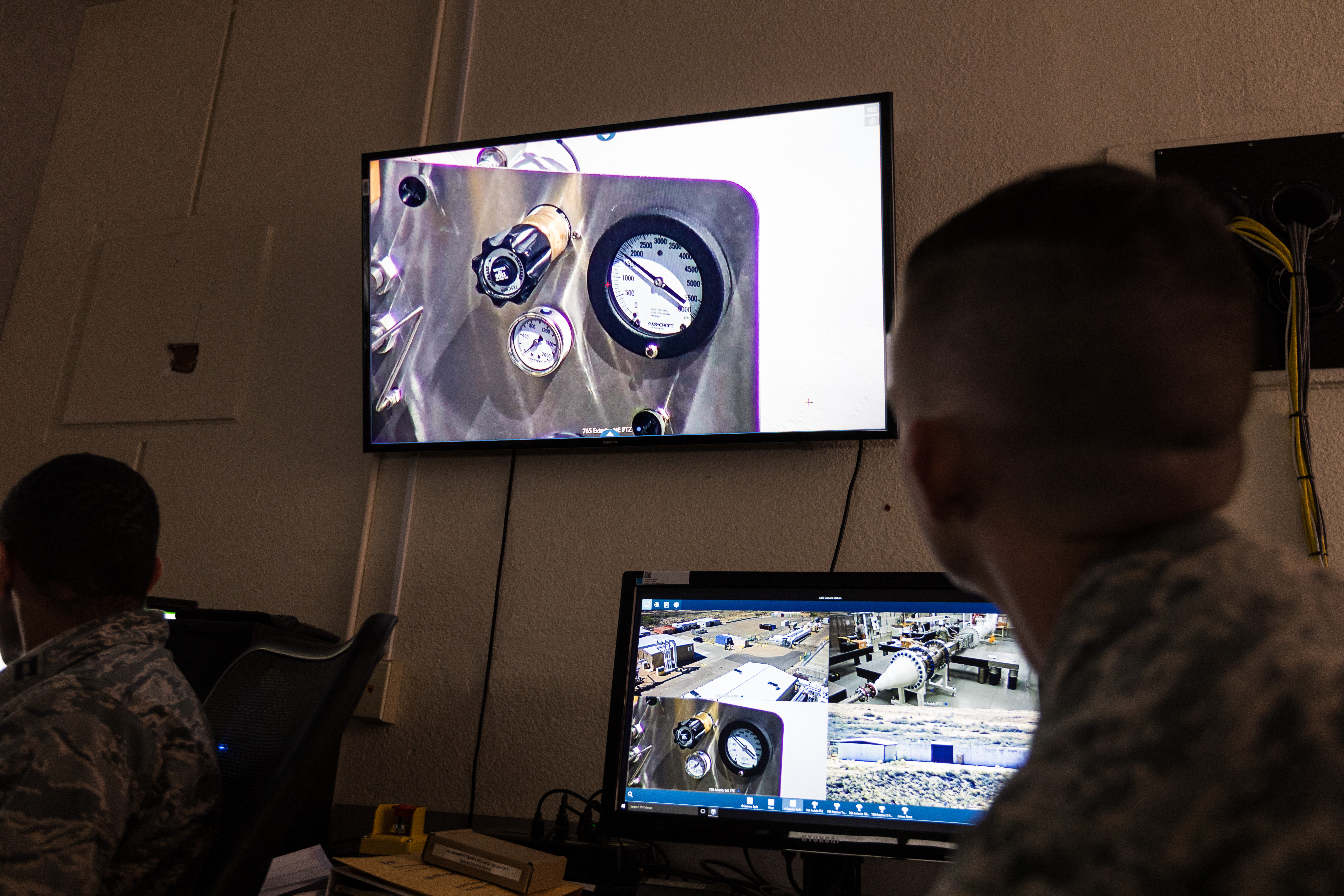
AFRL Scholars Program
Advanced Photovoltaics for Space (Internship)
Virtually every spacecraft flying uses photovoltaics (aka solar cells) to provide electrical power. Advances in single crystal multi-junction, thin-film, and nano-technology based photovoltaics are important to achieving improved on-orbit performance. The current state of the art photovoltaic cells used for space applications are based on the III-V material systems (eg. GaAs, GaInP). However, innovative and novel material systems capable of more effectively utilizing the solar spectrum could provide tremendous advantages for space missions. For example, recent work examining nano-structures have shown interesting advancements. Some areas of interest for this topic include space environmental effects, electro-optical properties, and performance parameters for candidate material systems. Specific projects can be tailored to students’ interests and skills, but will require a basic understanding of electrical, optical, and materials properties. Students selected for this research opportunity will work with their mentor to develop a productive work plan which will be synergistic with their field of study and the Air Force Research Laboratory’s mission.
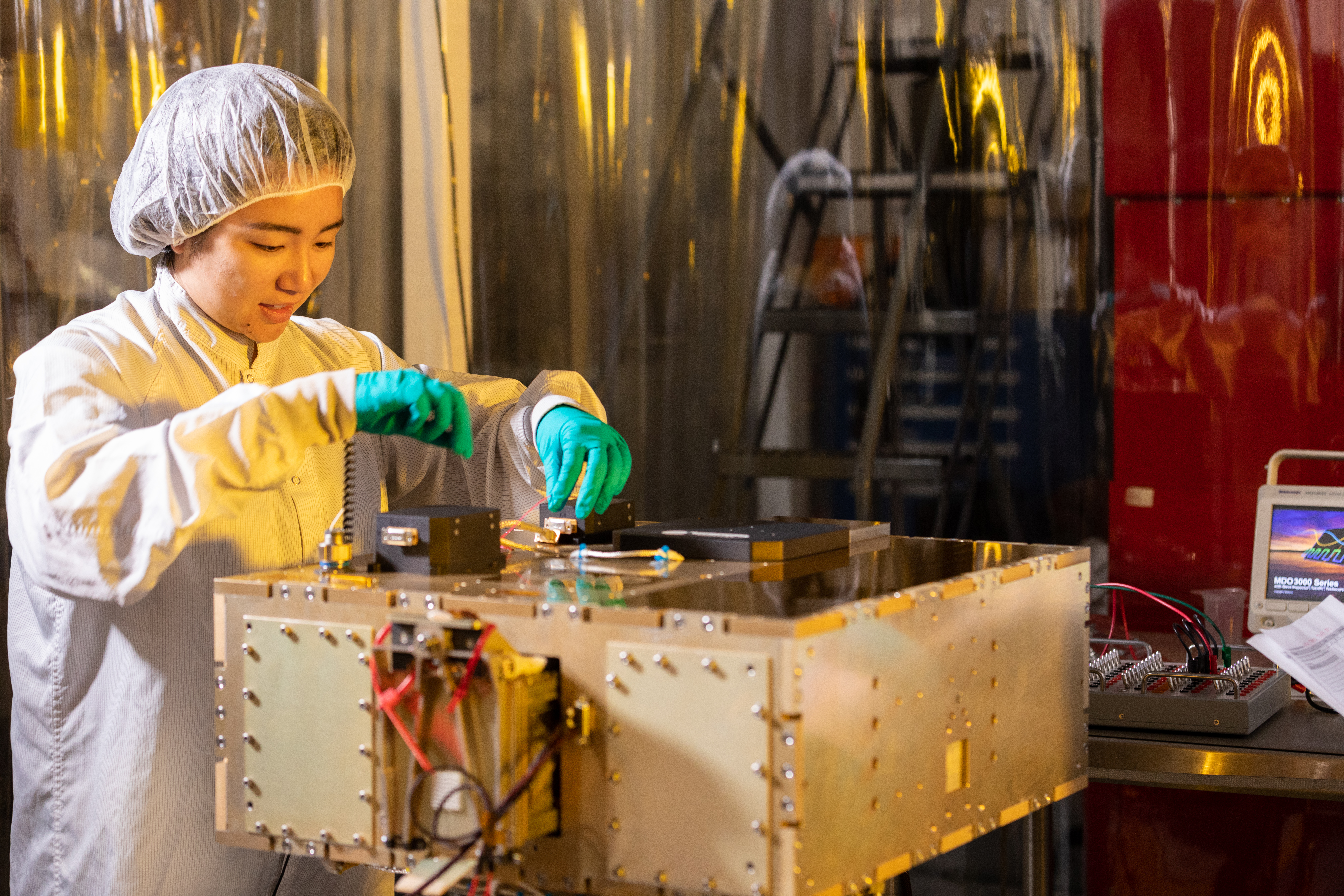
AFRL Scholars Program
Amplification of Lasers (Internship)
This project will involve the computer simulation of specific aspects of high-power fiber laser amplifiers. The project will compare and assess the reliability of different modeling approaches, especially in regards to fiber coiling effects. One goal will be complete a parameter sensitivity study for uncertainty quantification purposes. There is no prerequisite to understand lasers, fiber amplifiers, nor nonlinear optics - the relevant information will be taught as the project progresses.
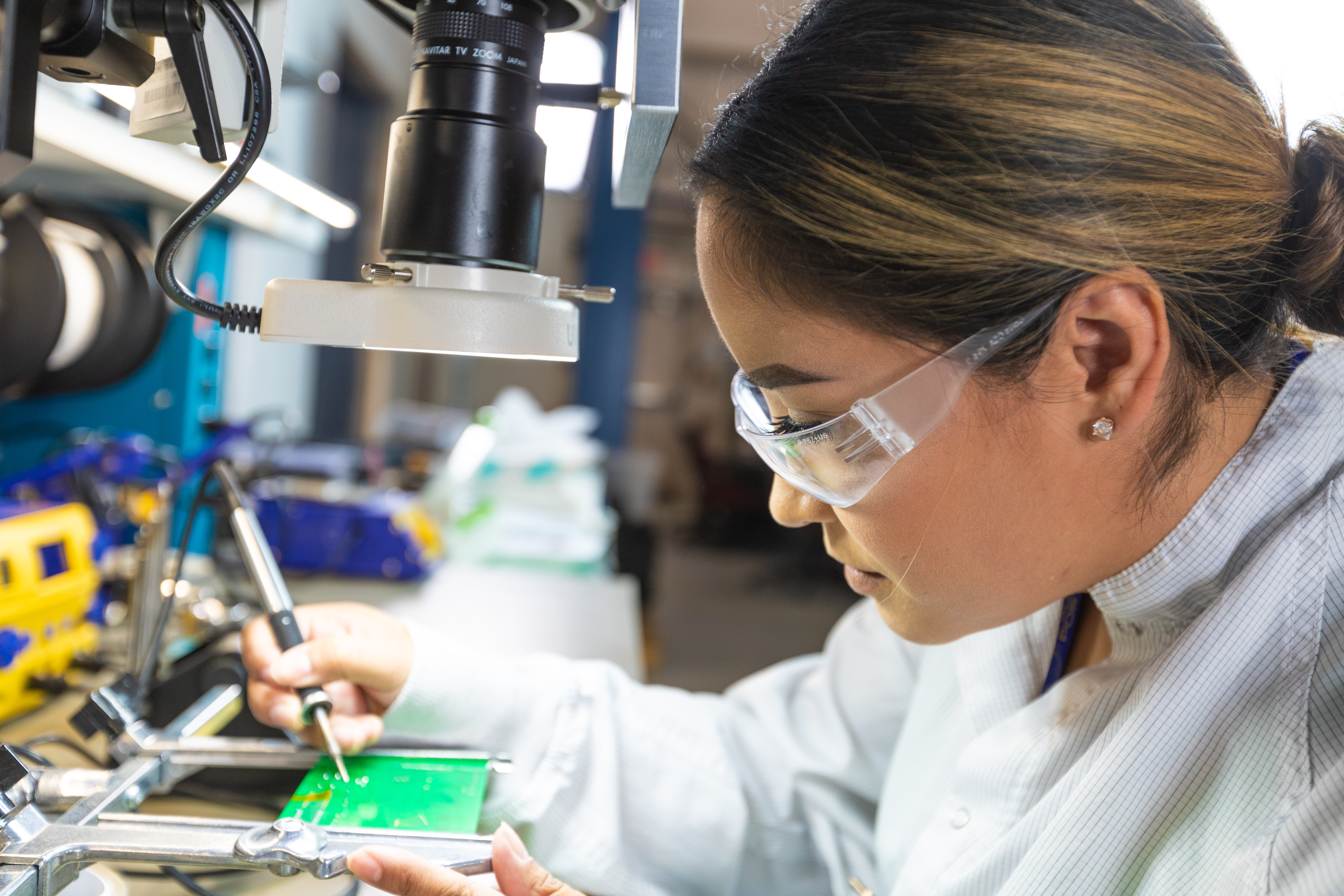
AFRL Scholars Program
Analysis of Space-Based Hybrid Architecture (Internship)
The Hybrid Architecture Demonstration is aggregating commercial, international, and government space assets into a single architecture to take advantage of the strengths and weaknesses of each part of the currently disjointed space domain. This project will focus on mapping, understanding, and reporting on the cutting edge exploitation and space-based sensor capabilities that are available, if they have the potential to fill capability gaps for the HAD, and where they fit in on the road map and in the architecture.
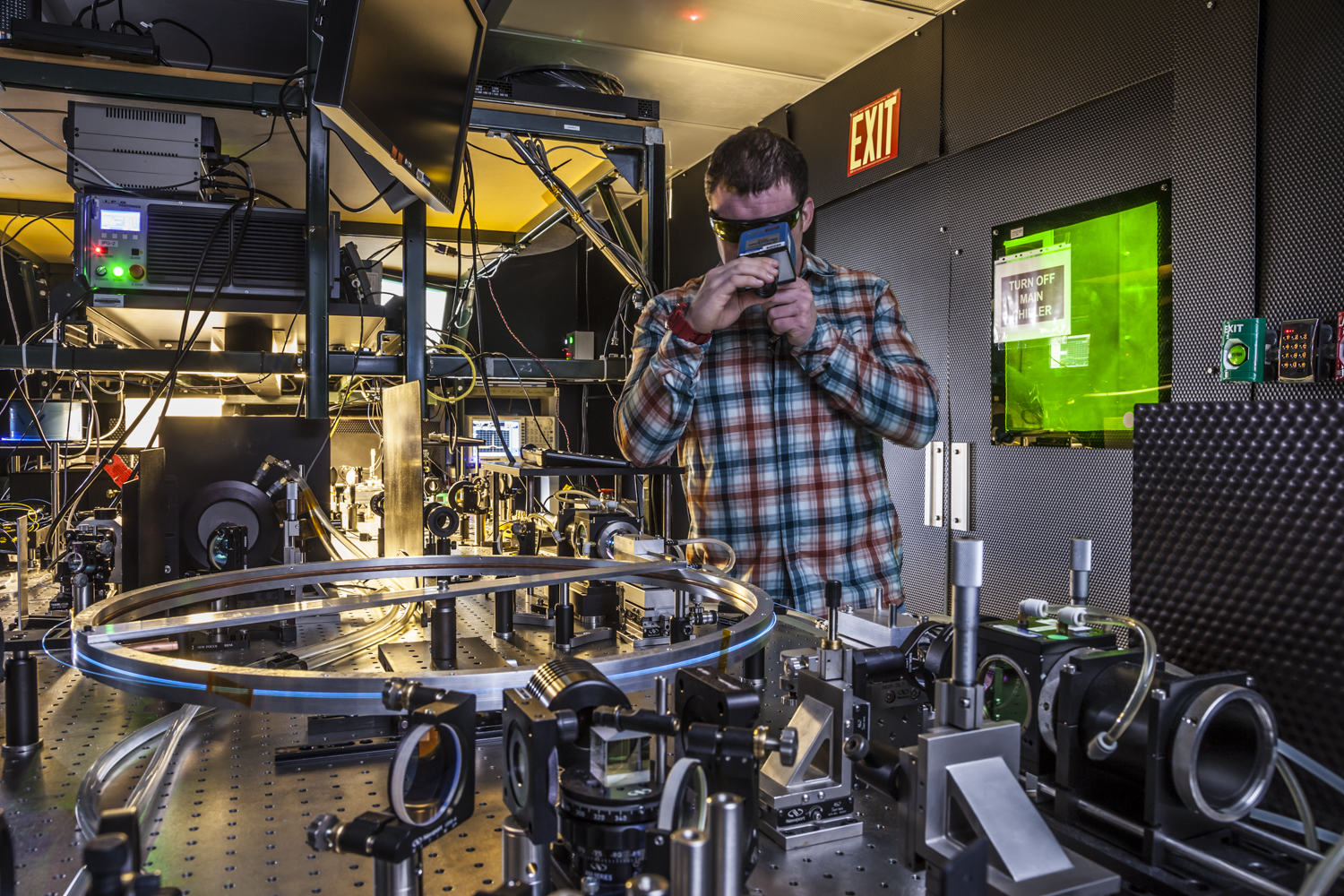
AFRL Scholars Program
Anomaly Detection with Single-Pixel Cameras (Internship)
Compressive single-pixel imaging is a signal processing paradigm wherein high-resolution scenes are recovered from highly subsampled, randomly spatially multiplexed data acquired on a single detector. While this allows for scenes to be imaged at sub-Nyquist rates, recovery becomes an iterative process with high compute requirements. For this reason, extracting information from the randomly multiplexed measurements themselves, without reconstruction, is highly desirable. One valuable piece of information is whether a static scene experienced any significant changes, called anomalies, over the course of the measurement. In this project, the student will develop novel methods for detecting and localizing anomalies from single-pixel measurements using time-series analysis and neural networks.

AFRL Scholars Program
Applying numerical methods to improve fault identification on satellites (Internship)
Fault detection systems are an essential component of satellites. The current method relies on expert knowledge identifying the likely failures along with long checkout windows. This project will be to investigate different techniques and create a code base that can be applied in our multi-agent quadcopter testbed.
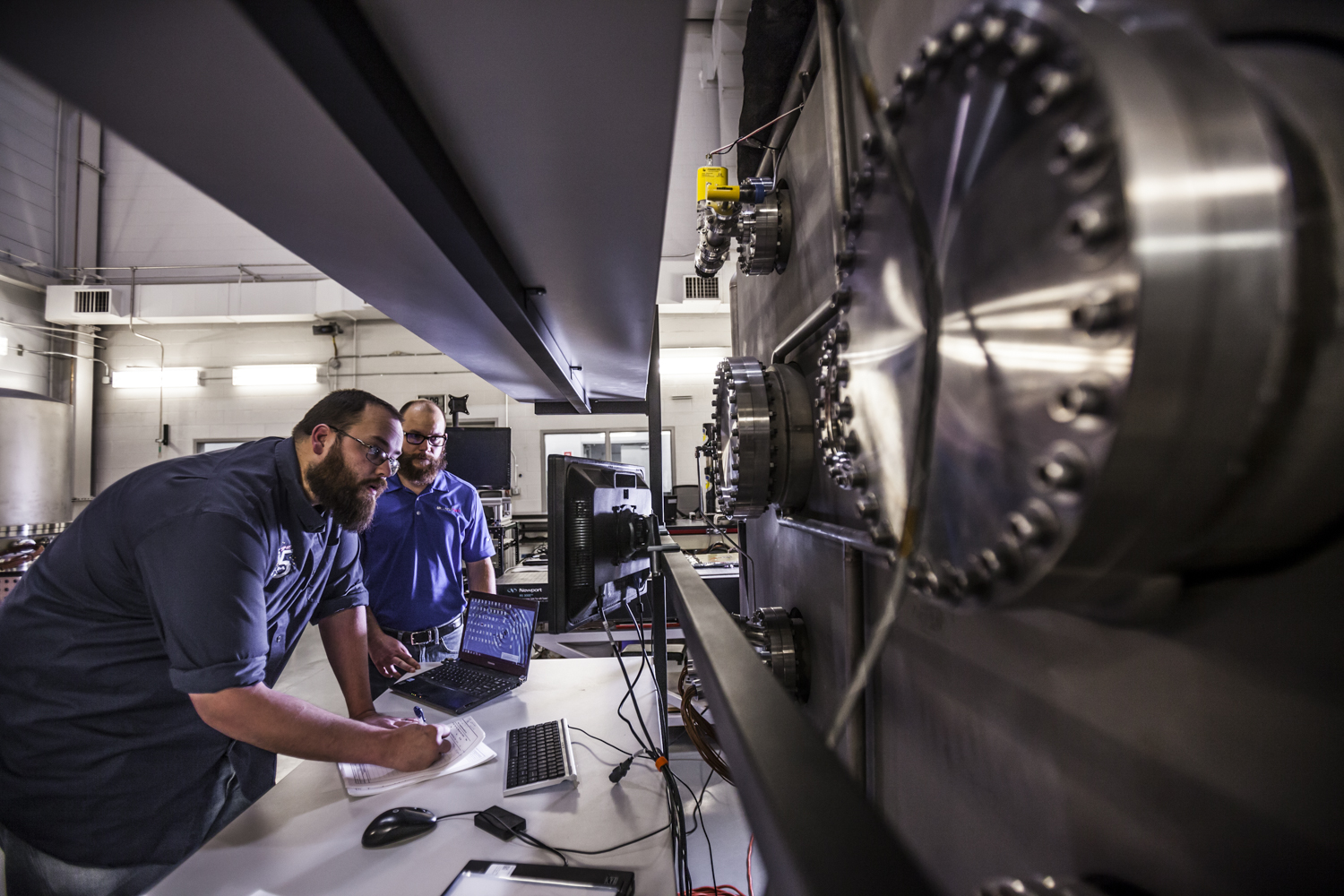
AFRL Scholars Program
Architecture Analytics for Next Generation Space Applications (Internship)
AFRL/RVS has established a dedicated architecture analytics testbed under the Space Performance Analytics and Computing Environment Research (SPACER) project. The objective of this project is to provide AFRL with an organic, in-house, capability to assess processing options for next generation mission applications. This addresses the increasing challenge of mapping mission requirements to hardware and software implementations for space computing applications. The topic provides several summer research opportunities for students interested in optimization and evaluation of mission application code on space hardware. The selected summer scholar will be given mission application algorithms/code and tasked to examine methods for optimization of the code (parallel constructs, optimized libraries, etc.) and compilation/execution of the software on hardware resources. This will allow for detailed analysis of the application’s performance on different hardware architecture alternatives, providing critical insight into the computational requirements for next generation mission applications. This effort will provide a valuable capability to the Air Force, guiding future science and technology investments decisions
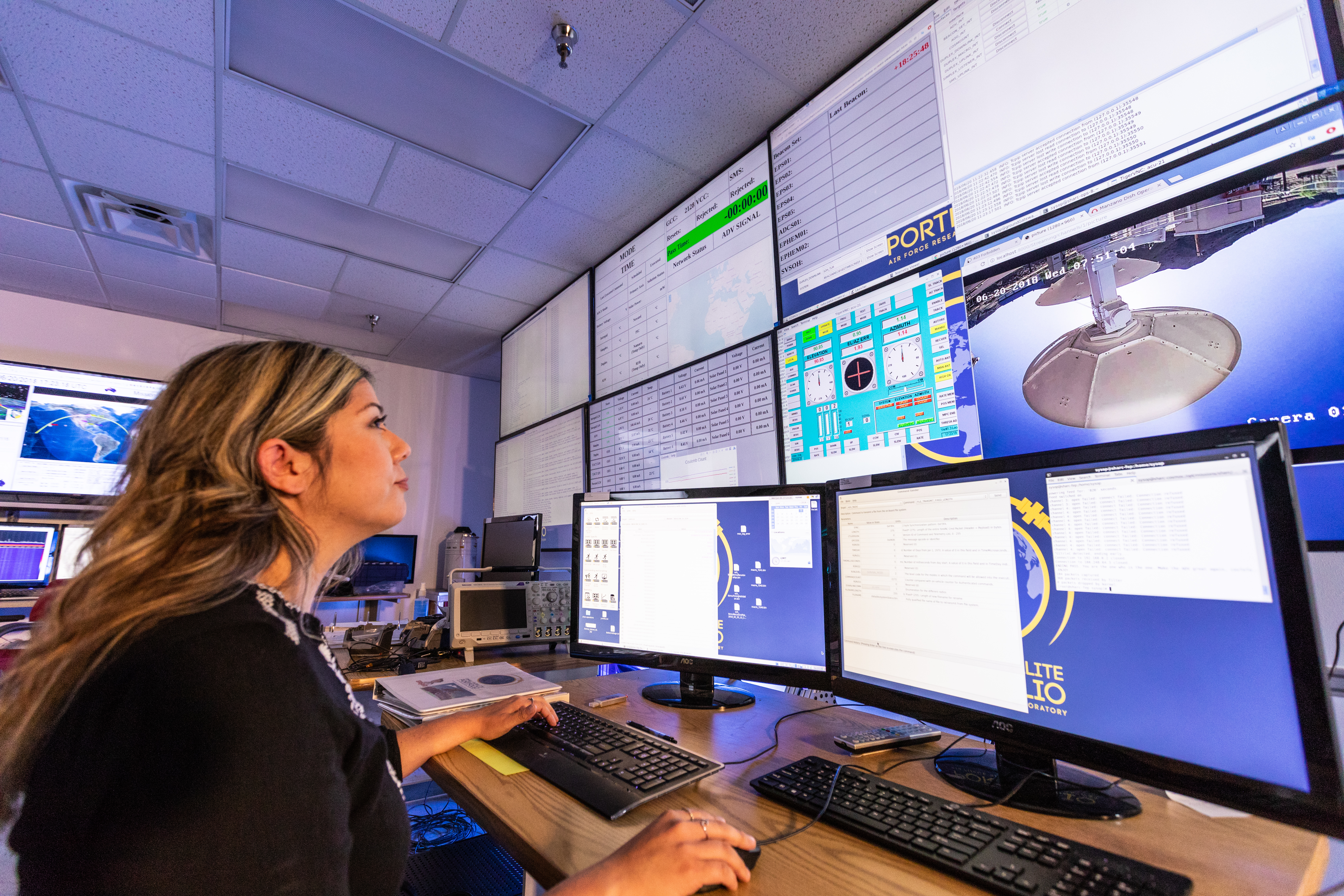
AFRL Scholars Program
Atomic Oxygen - Surface Interactions (Internship)
Low Earth Orbit (LEO) in Earth's atmosphere contains a number of atomic and molecular species, both uncharged and ions. As a spacecraft operates in LEO, the atmosphere serves as a source of drag on the velocity of the spacecraft leading to altitude variations over time. One significant source of this drag is the atomic oxygen concentration, which can vary significantly with various conditions (e.g. daytime vs nighttime) . The measurement of neutrals often involves instruments with significant size, weight and power requirements which often make it impractical to make in situ space measurements. In this project, the student will examine atomic oxygen collisions with various materials in a high vacuum environment so as to impart a response on either the surface or the oxygen collision partner that can lead to quantification of the number density of atomic oxygen. The student will compare and quantify the measured response to the state-of-the-art capabilities and assess whether these materials improve the state-of-the-art or should no longer be explored.
What you can achieve
Starting an internship or a fellowship is an exciting opportunity, here are some of the experiences that some of you shared with us.
I enjoyed my internship because I was able to apply what I have learned in undergrad and learn new skills I can apply to grad school.
Grant H
I think the internship challenged me a lot as a person who wants to go into research, in being able to develop and take charge within my own project, to making day to day decisions, etc. that will largely help in my future career aspirations.
Cali K
This internship was exactly what I was looking for in terms of projects and environment. I am leaving with extremely relevant knowledge to my program and what I want to do in the future.
Maya M
Locations
AFRL has research locations throughout the United States. We have significant operations headquartered in five locations, and many more operating sites with specialized laboratories and test facilities. We also partner with many Air Force and Space Force organizations, and opportunities may be available at their locations as well.
Programs
AFRL internship and fellowship programs are supported through nationwide partners at non-profits and universities.
Media Inquiries
afrl.pa.inquiry@us.af.milBusiness Inquiries
afsbirsttr-info@us.af.milHigher Education Inquiries
collaborate@us.af.milCopyright © 2025 The Air Force Research Laboratory. All rights reserved.
